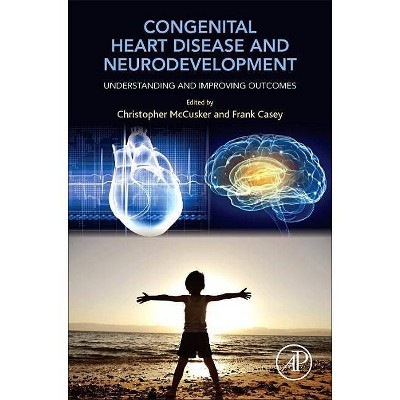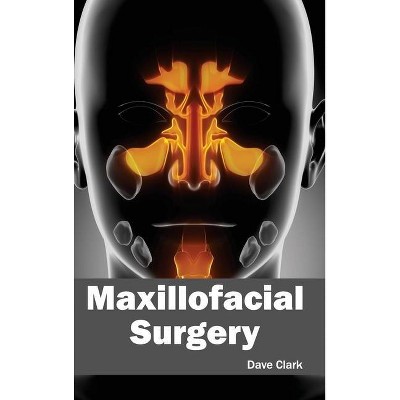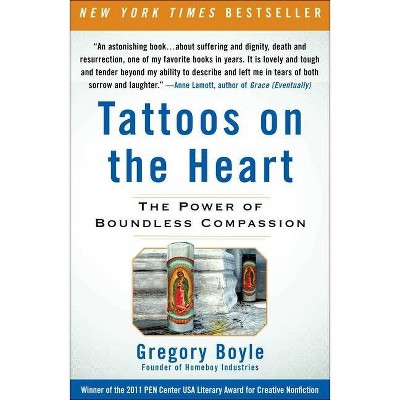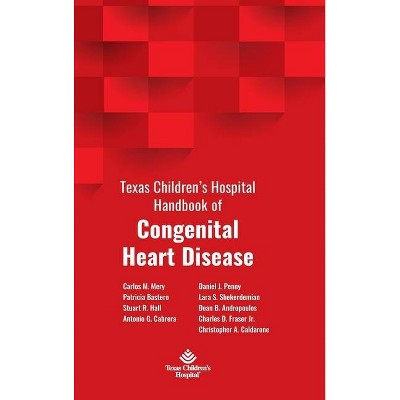Perfusion for Congenital Heart Surgery - by Gregory S Matte (Hardcover)
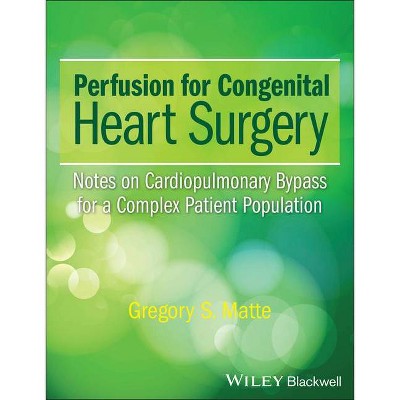
Similar Products
Products of same category from the store
AllProduct info
<p/><br></br><p><b> Book Synopsis </b></p></br></br><p><b>A complete guide to the tools and techniques for modeling, simulating, and optimizing SSFE processes and phenomena</b></p> <p>In <i>Modeling, Simulation, and Optimization of Supercritical and Subcritical Fluid Extraction Processes, </i> a team of expert chemical engineers delivers a comprehensive guide to the tools and techniques used to model supercritical and subcritical fluid extraction (SSFE) processes and phenomena. The book offers details on SSFE experiment management, as well as modeling and optimization of SSFE. <p>The authors begin with a discussion of the fundamentals of SSFE and the necessary experimental techniques to validate the models. They also discuss process simulators, conventional optimization techniques, and state-of-the-art genetic algorithm methods. <p>Several practical examples and case studies on SSFE modeling and optimization techniques are provided. Additionally, detailed thermodynamic modeling with and without co-solvent and non-equilibrium system modeling are covered. <p>Readers will also find: <ul><li>A detailed overview of the field of supercritical and subcritical fluid extraction and their importance to the food, cosmetics, and pharmaceutical industries</li> <li>Explorations of the concepts and methodologies for modeling, simulation, and optimization of SSFE, including conservation laws related to SSFE traditional first principle modeling</li> <li>Practical discussions of the characteristics and physical properties of palm oil as a solute and descriptions of some existing palm oil industrial processes</li> <li>An examination of first principle methodology as applied to the modeling of the properties of palm oil components and mixtures</li></ul> <p>Perfect for researchers, scientists, technologists, and engineers working in food science and the pharmaceutical, cosmetic, and agricultural industries, <i>Modeling, Simulation, and Optimization of Supercritical and Subcritical Fluid Extraction Processes</i> is also a must-read for those working with process design, development, quality control, and improvement in the chemical industries.<p/><br></br><p><b> From the Back Cover </b></p></br></br><p><b>Perfusion for Congenital Heart Surgery</b> <p>The art and science of providing perfusion for patients undergoing surgical correction of congenital heart lesions has advanced rapidly in the last decade. The complex equipment, the unique acid-base management strategies, the specialized perfusion and ultrafiltration techniques, the wide variation in patient's age, size, and vulnerability to physiologic trespass, and the wide variety of surgical procedures performed set perfusion for congenital heart surgery apart from that provided for correction of acquired heart disease in adults. Consequently, provision of cardiopulmonary support for repair of congenital heart lesions has become a distinct specialty. <p><i>Perfusion for Congenital Heart Surgery</i> provides an invaluable road map for the pediatric perfusionist and non-perfusionist caring for patients with congenital heart disease (CHD) in order to confidently devise a plan for a pump run. The easily referenced information and reminders, not currently readily available in any other publication, can be used to influence a bypass plan and form an essential resource for perfusionists, anesthesiologists, intensivists, and other clinicians caring for patients with CHD. <p>This practical, spiral-bound, go-to reference is designed to answer the most frequently posed questions about bypass for CHD, the surgical treatment of which is often complicated, with some conditions seen only rarely in practice. <p><i>Perfusion for Congenital Heart Surgery</i> is written and designed for regular use and has the following features: <ul> <li>Focuses on the latest devices and techniques and provides clear, matter-of-fact guidance on their roles and importance to CHD procedures</li> <li>Written by a seasoned perfusionist who is co-chief and educator at one of the world's leading children's hospitals</li> <li>The spiral binding allows the book to be laid flat for easy referral</li> <li>A "Notes" section, following the discussion of each CHD lesion, enables readers to add institution and/or surgeon-specific information for later reference</li> </ul><p/><br></br><p><b> About the Author </b></p></br></br><p><b>GREGORY S. MATTE<br> Perfusion Clinical Coordinator (Co-Chief)</b><br> <i>Boston Children's Hospital, Boston, MA, USA</i>
Price History
Price Archive shows prices from various stores, lets you see history and find the cheapest. There is no actual sale on the website. For all support, inquiry and suggestion messagescommunication@pricearchive.us


